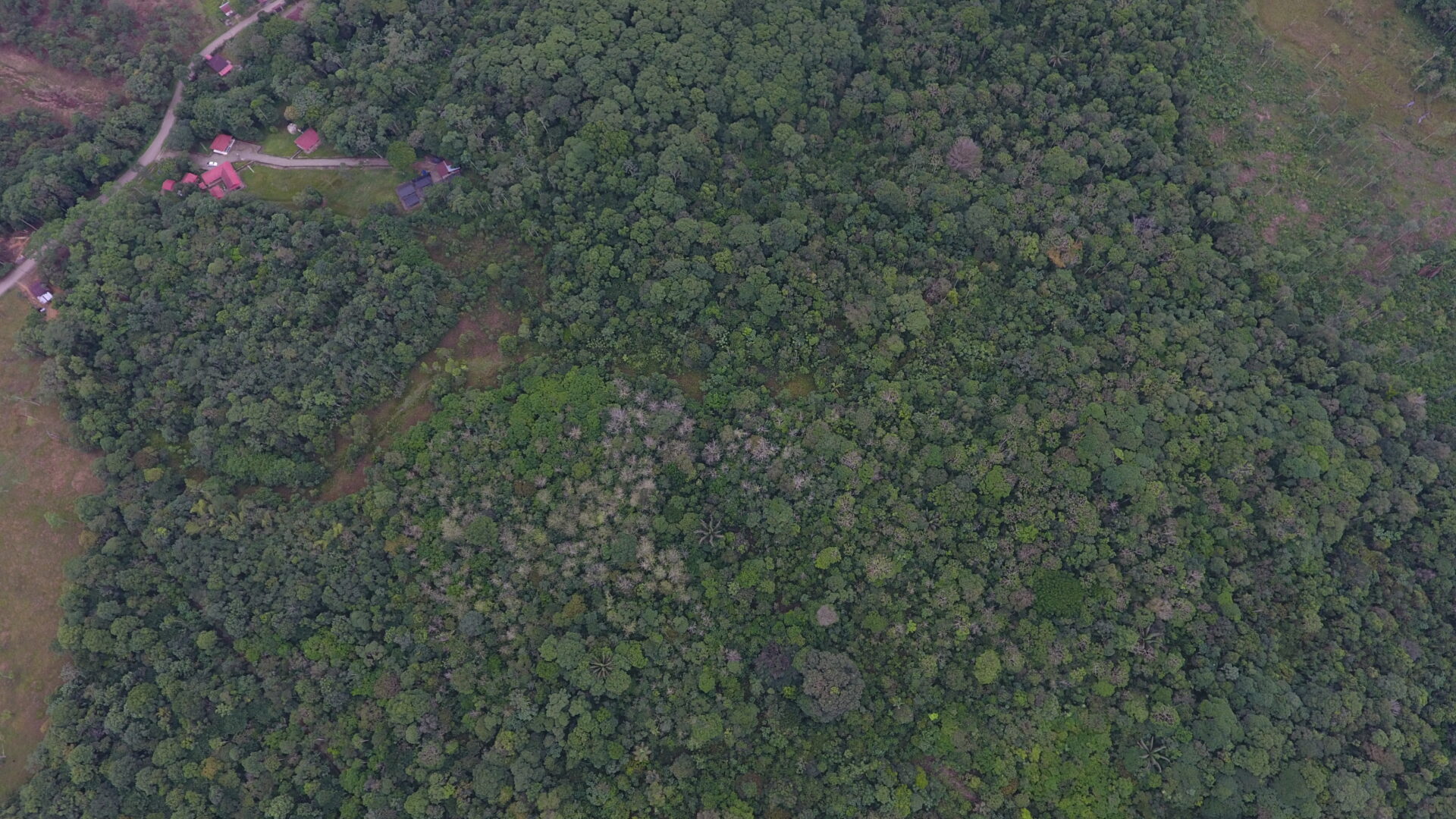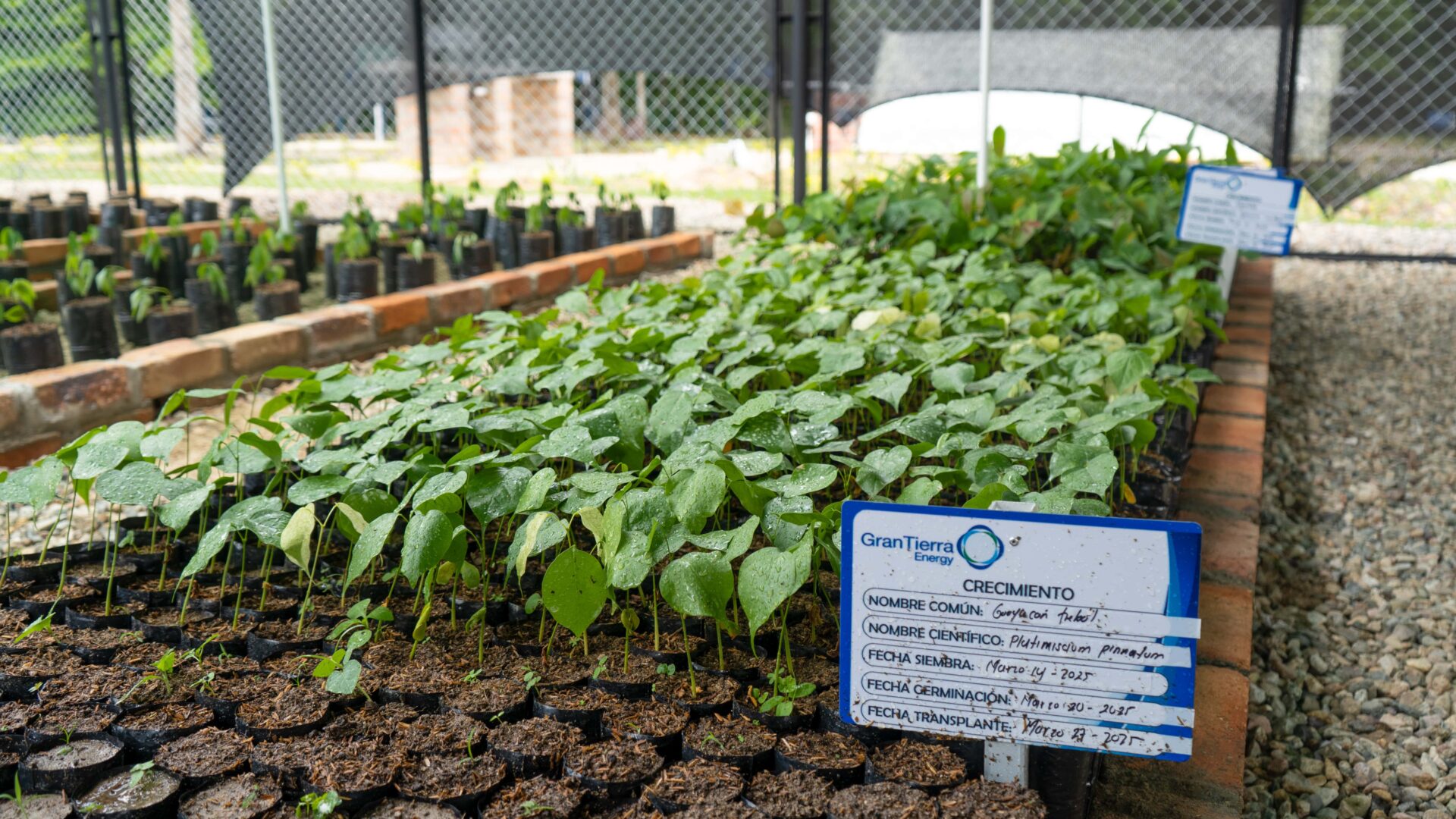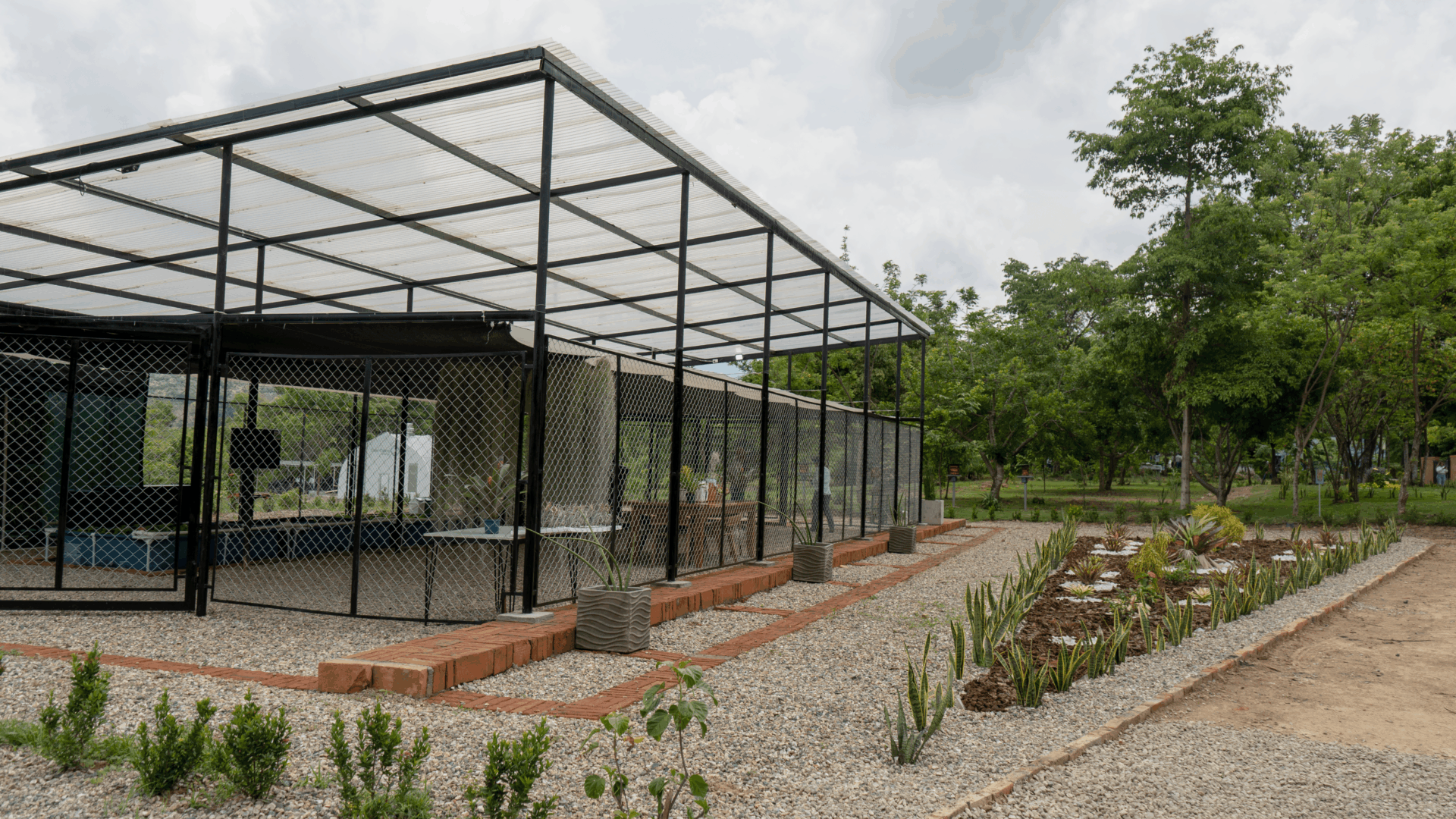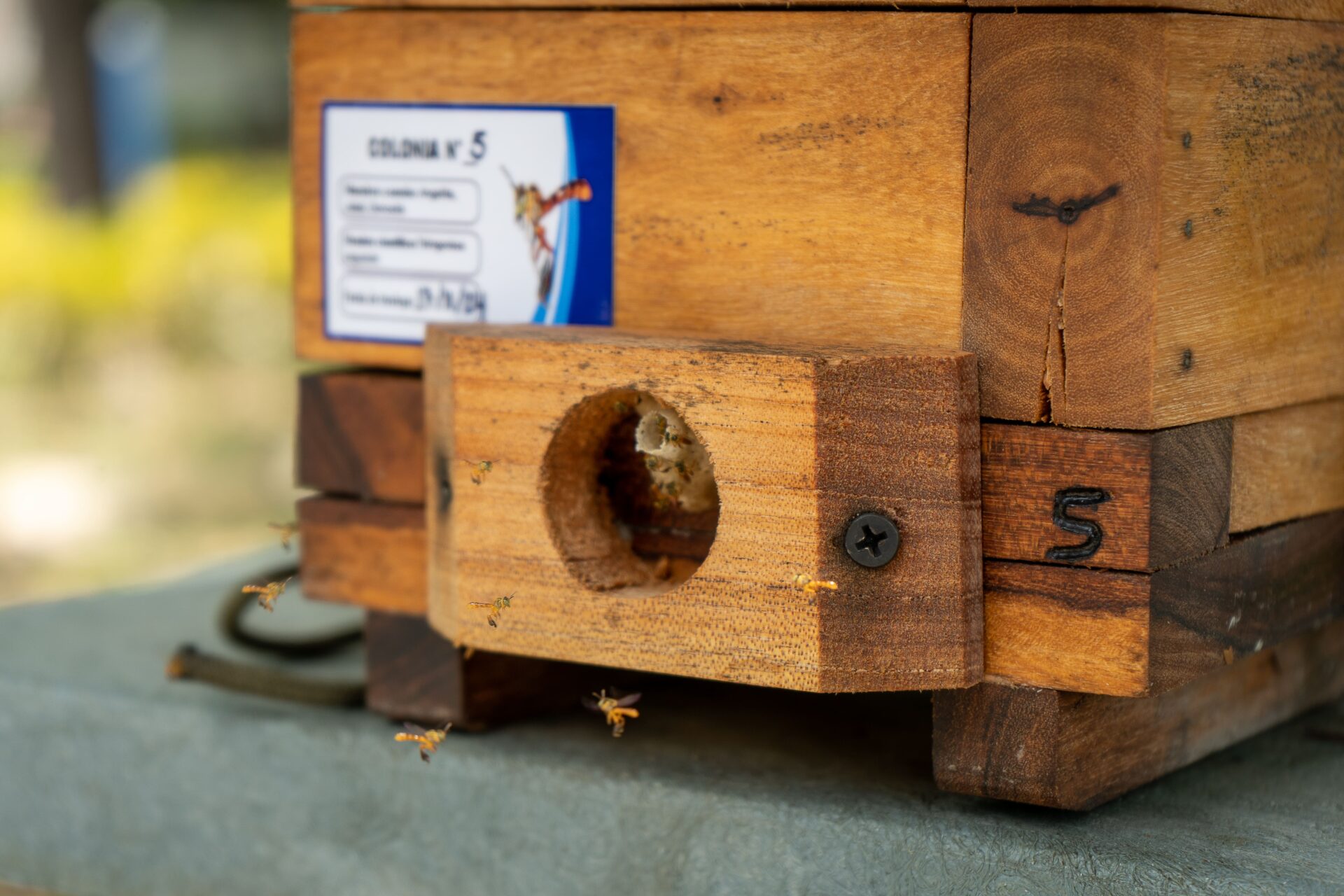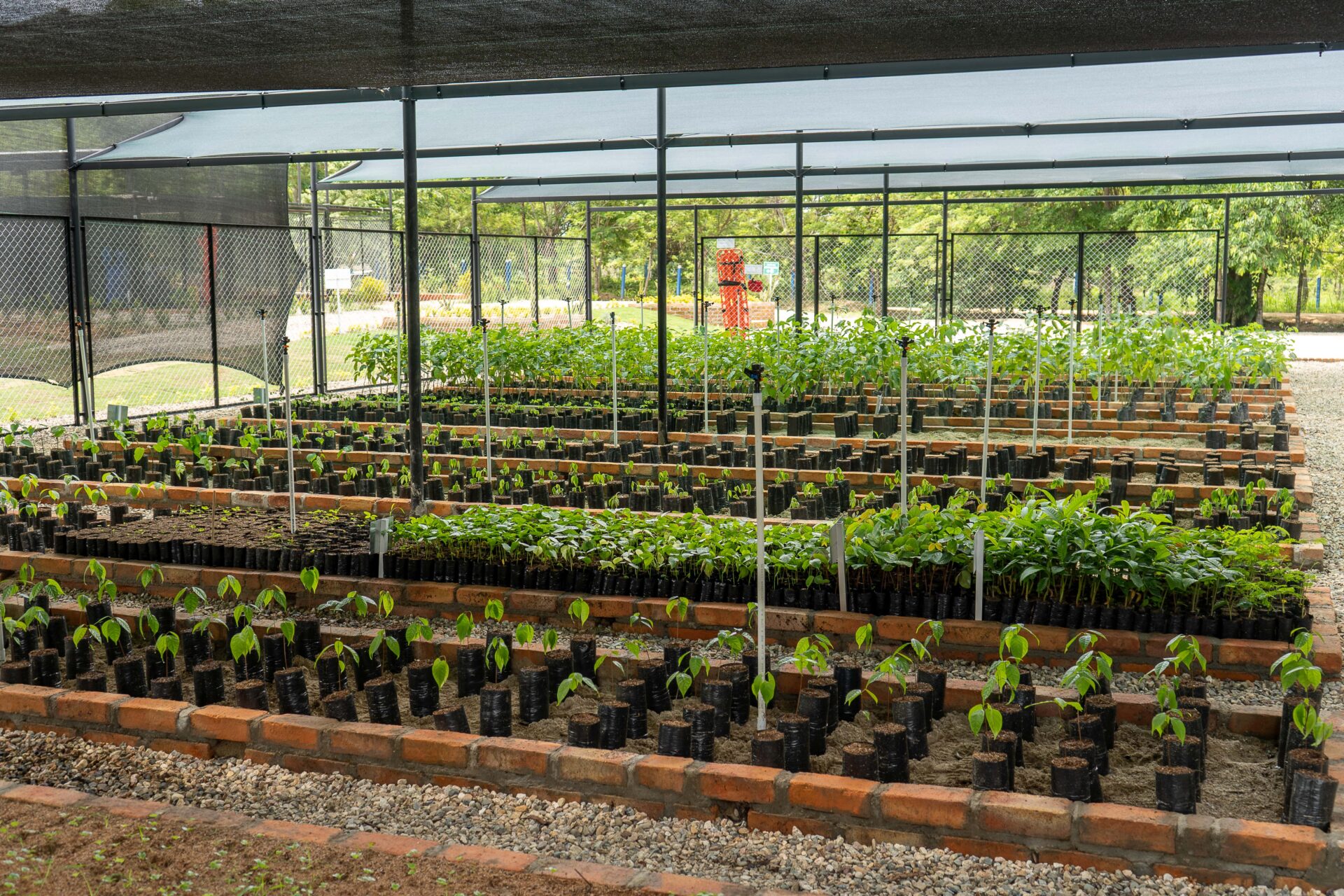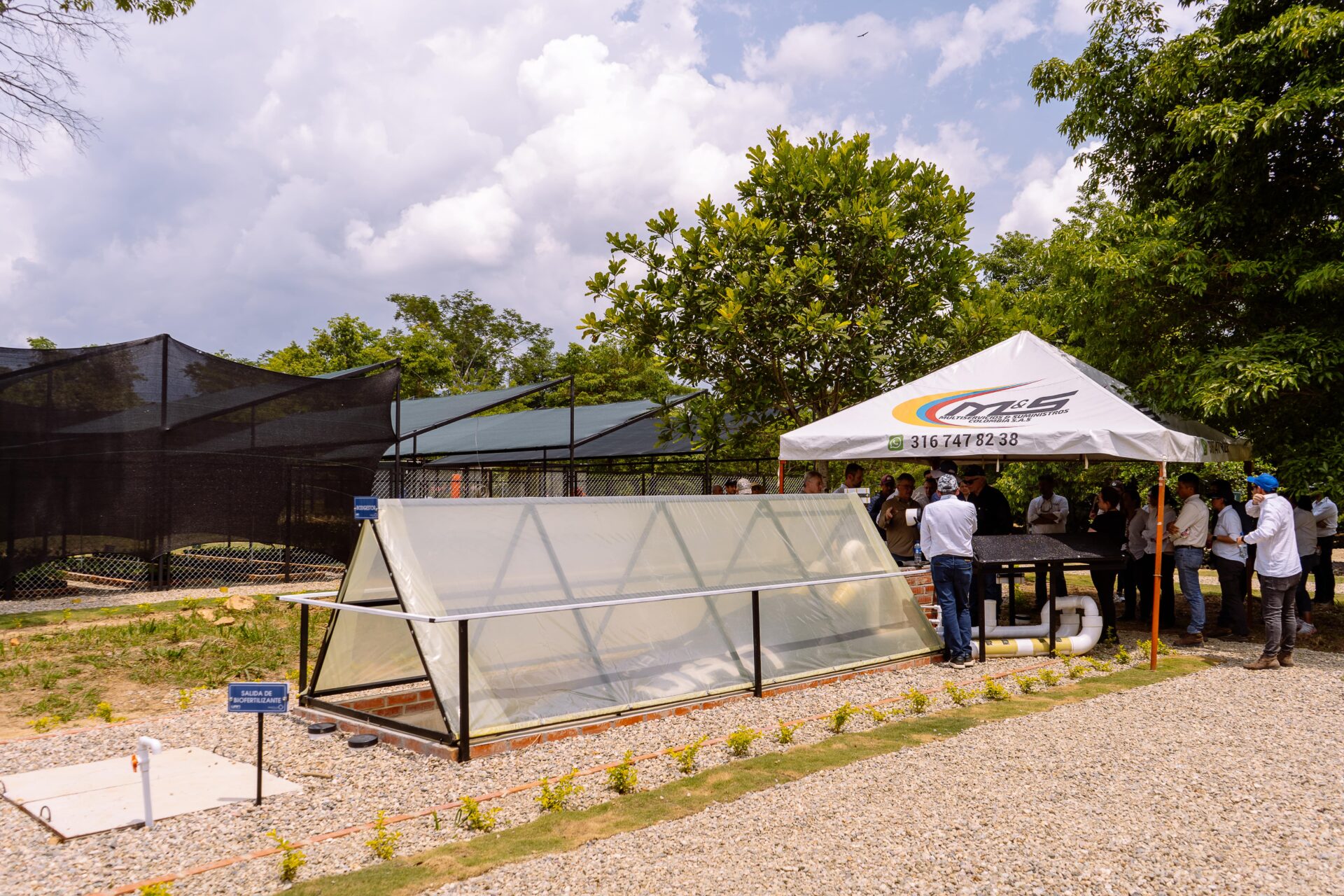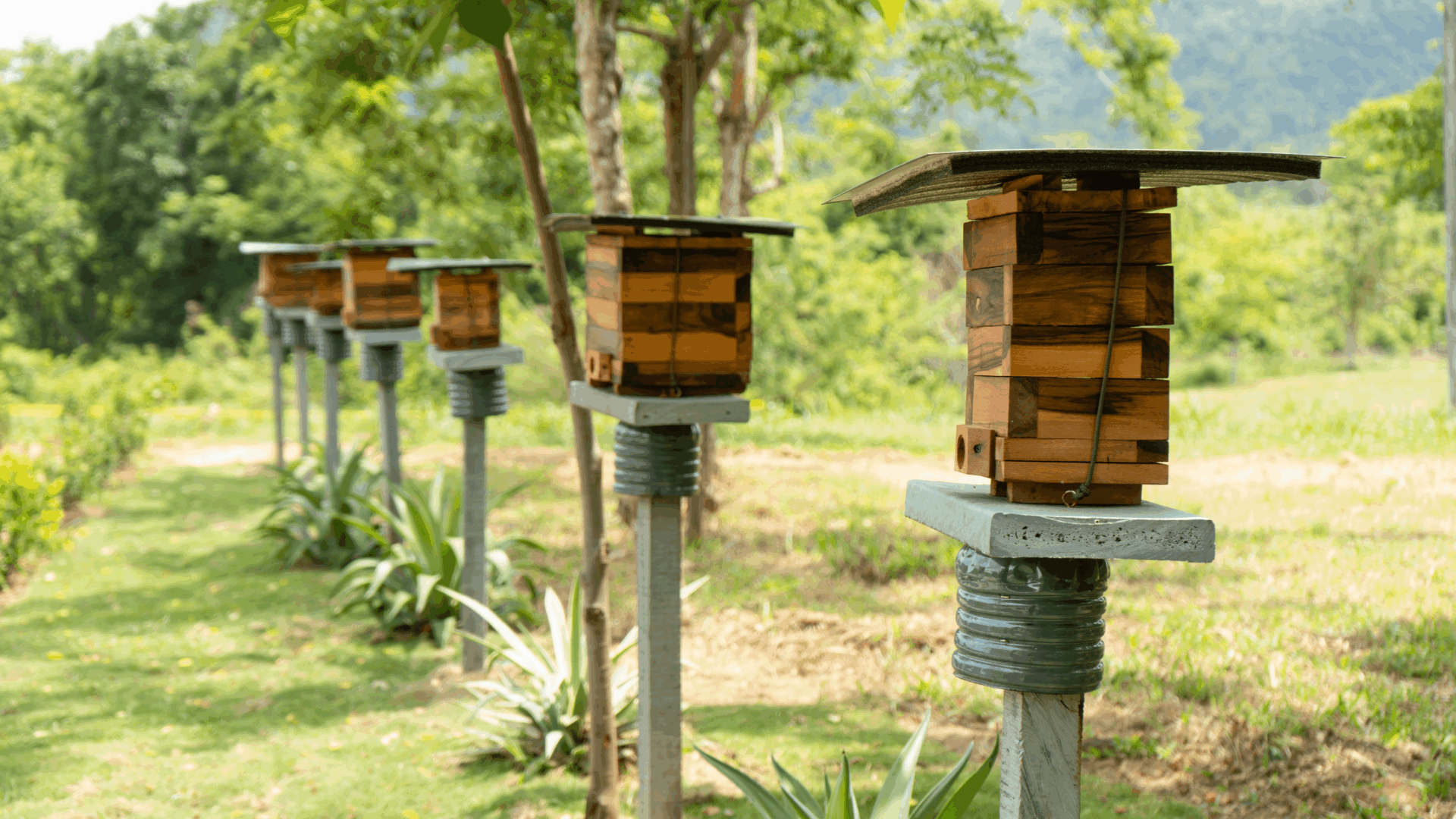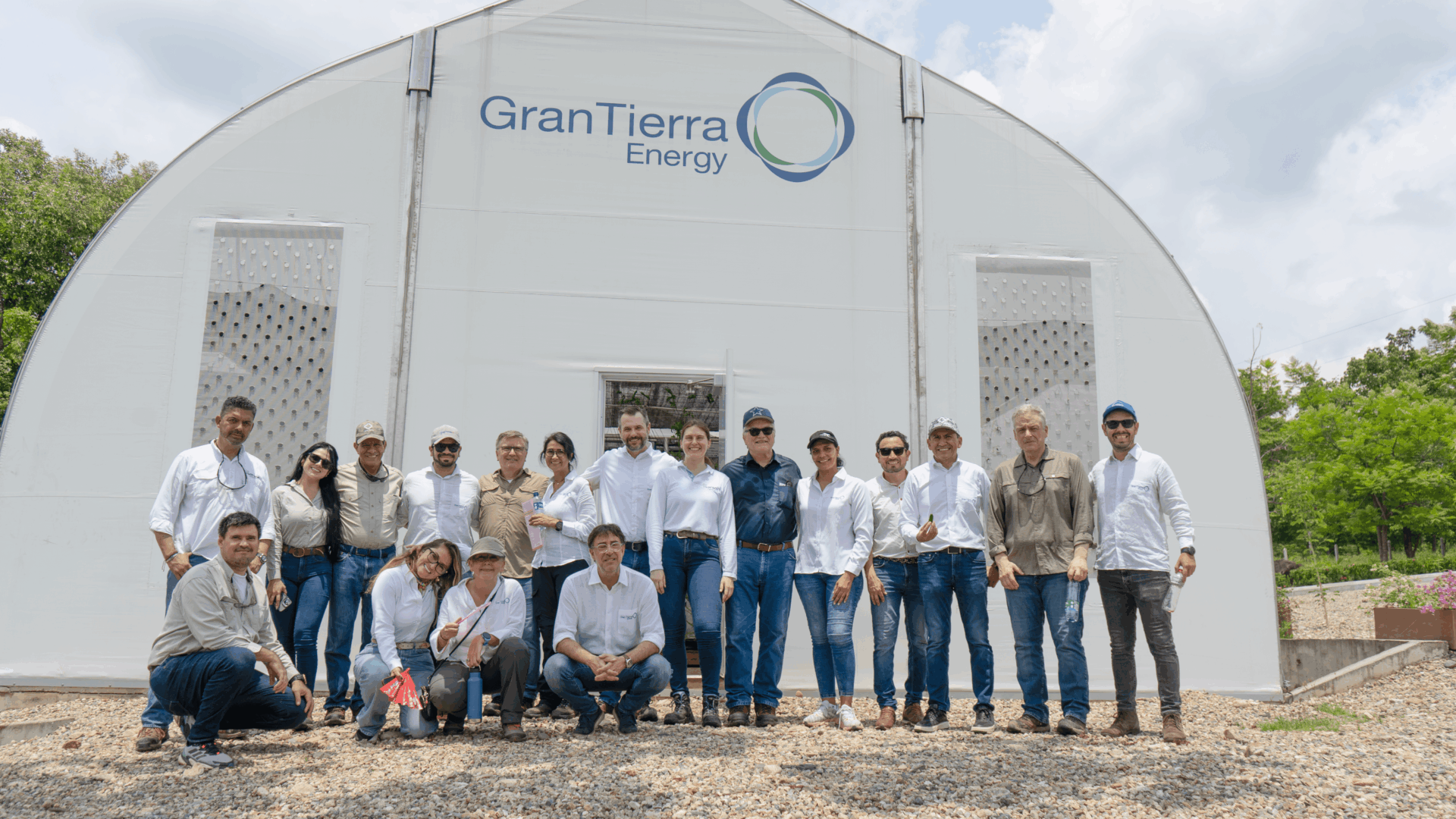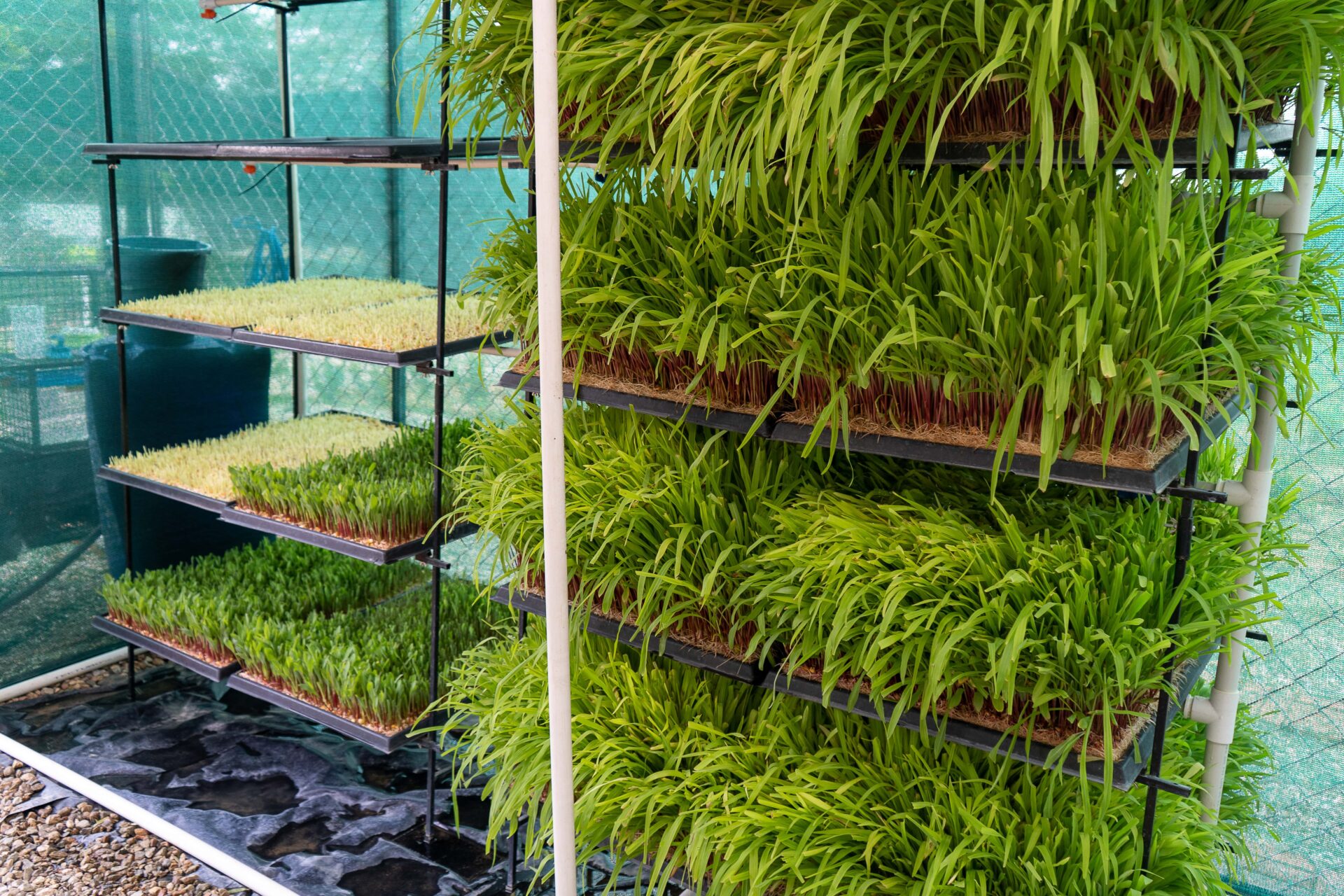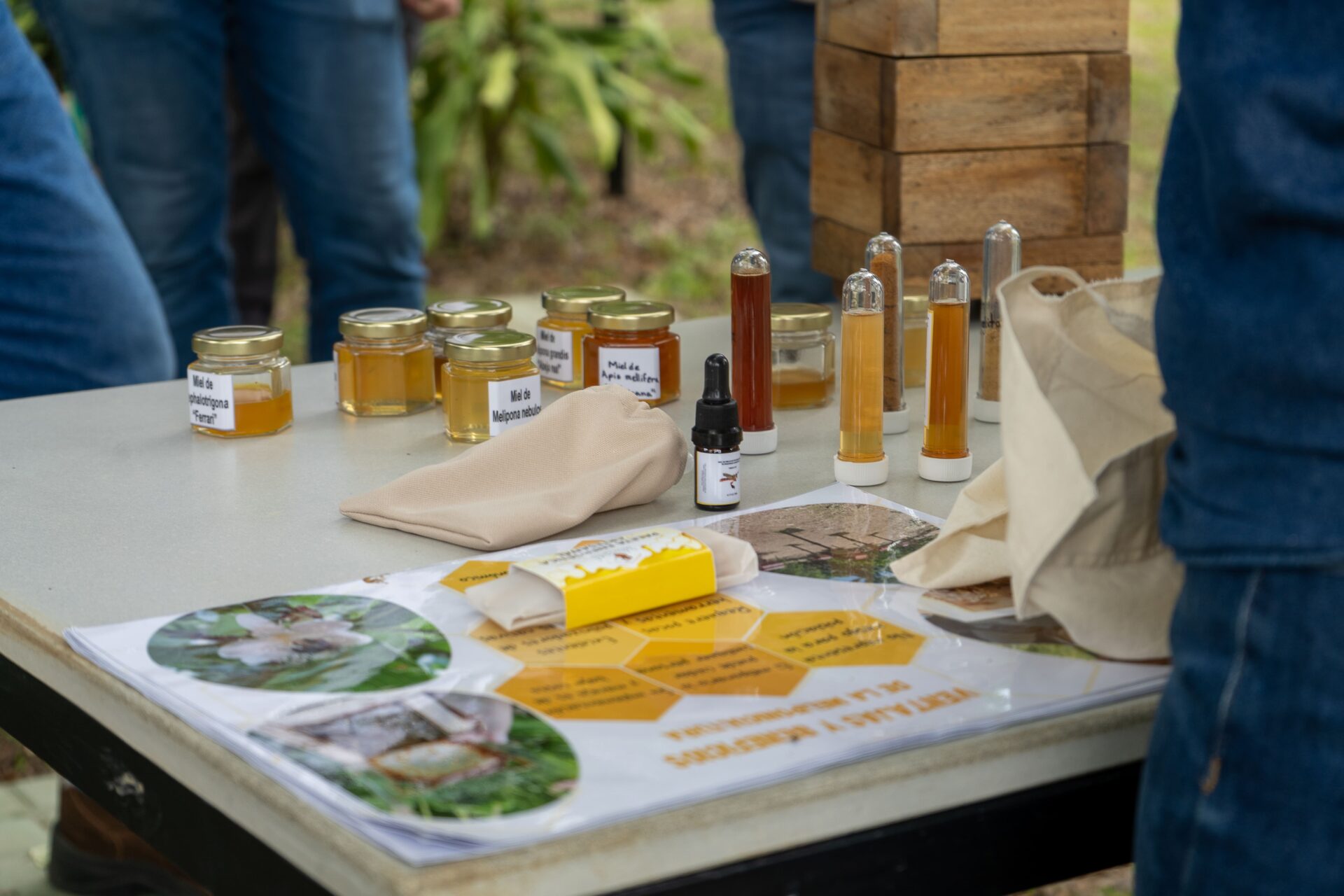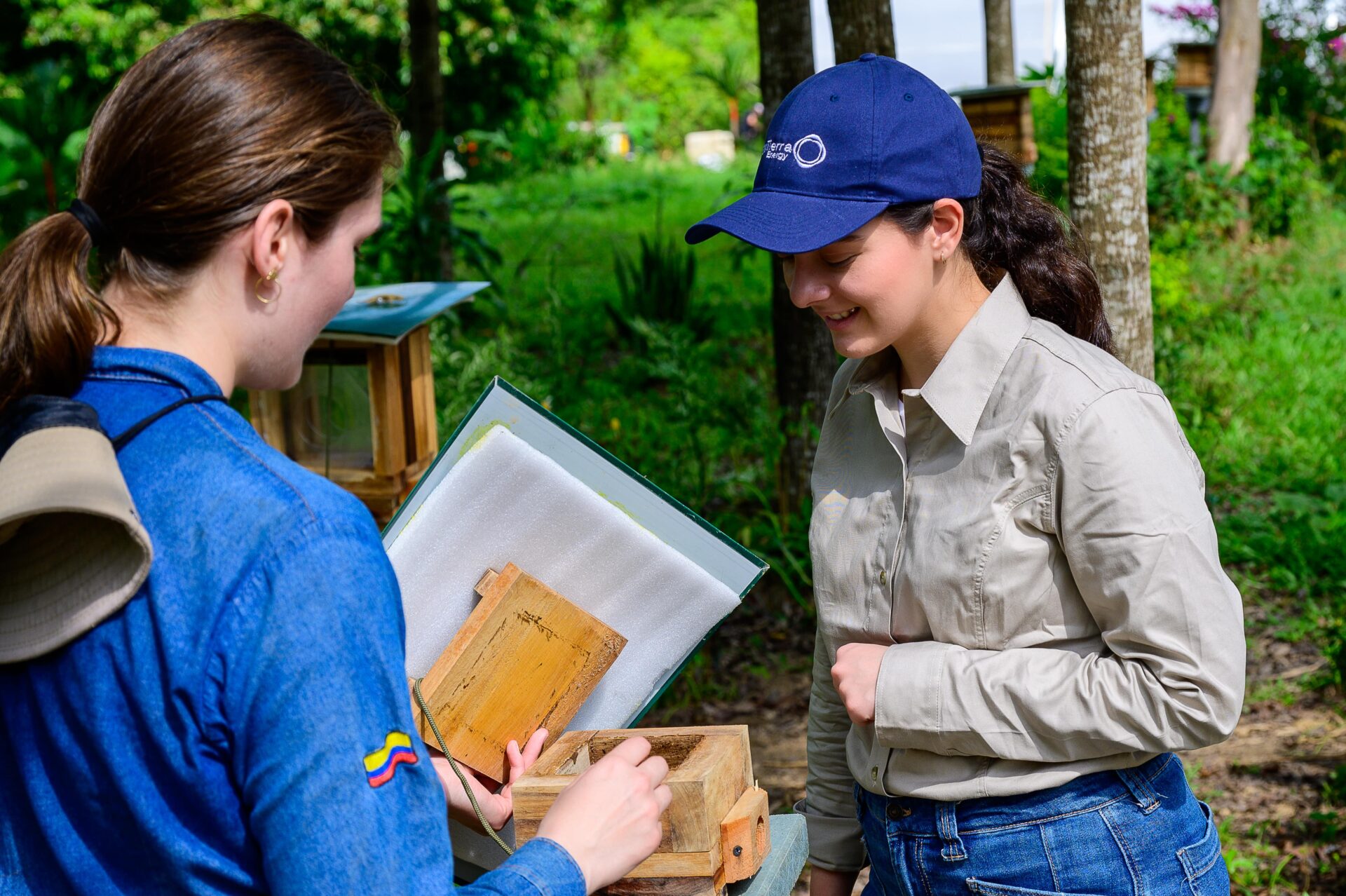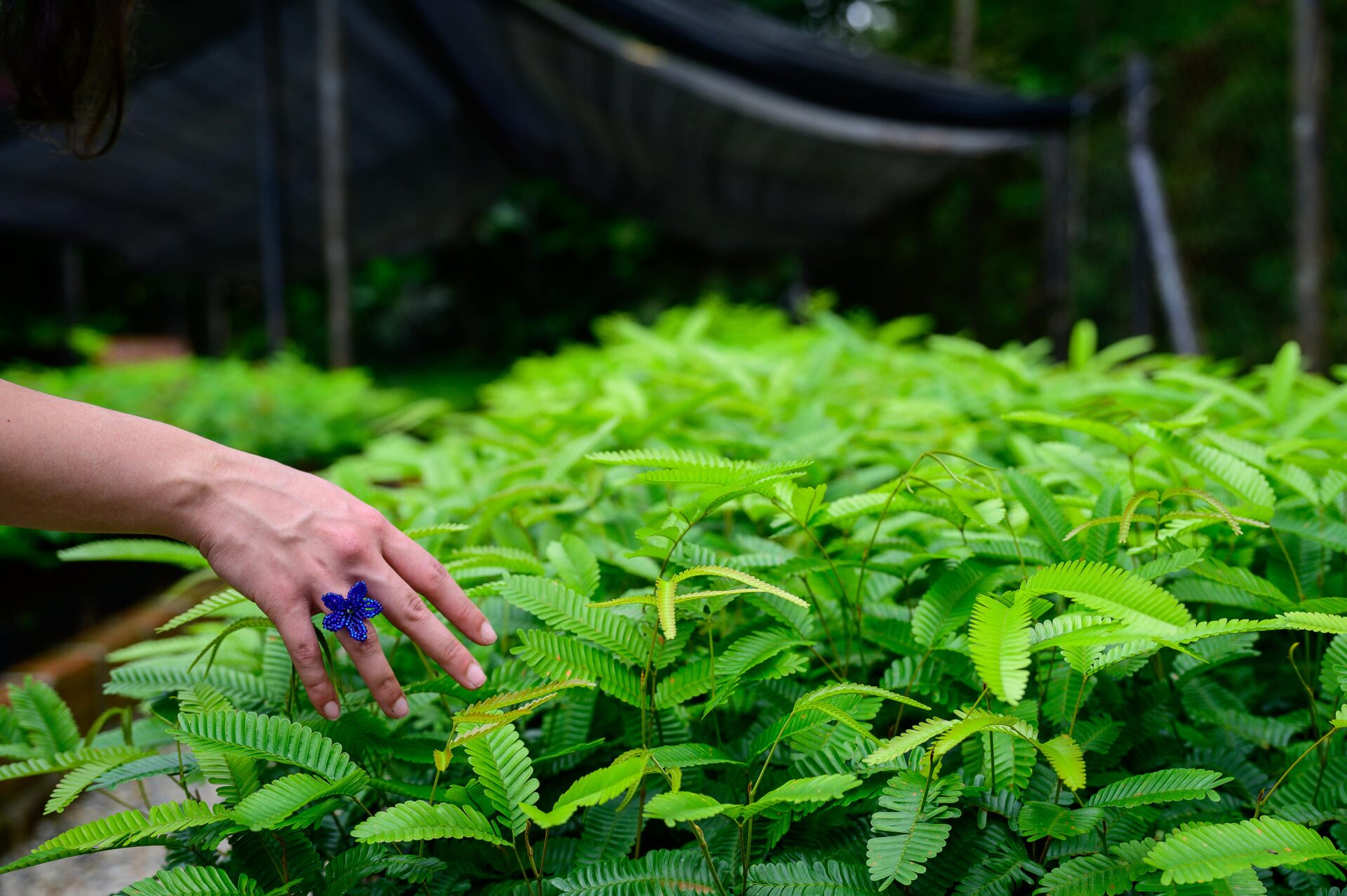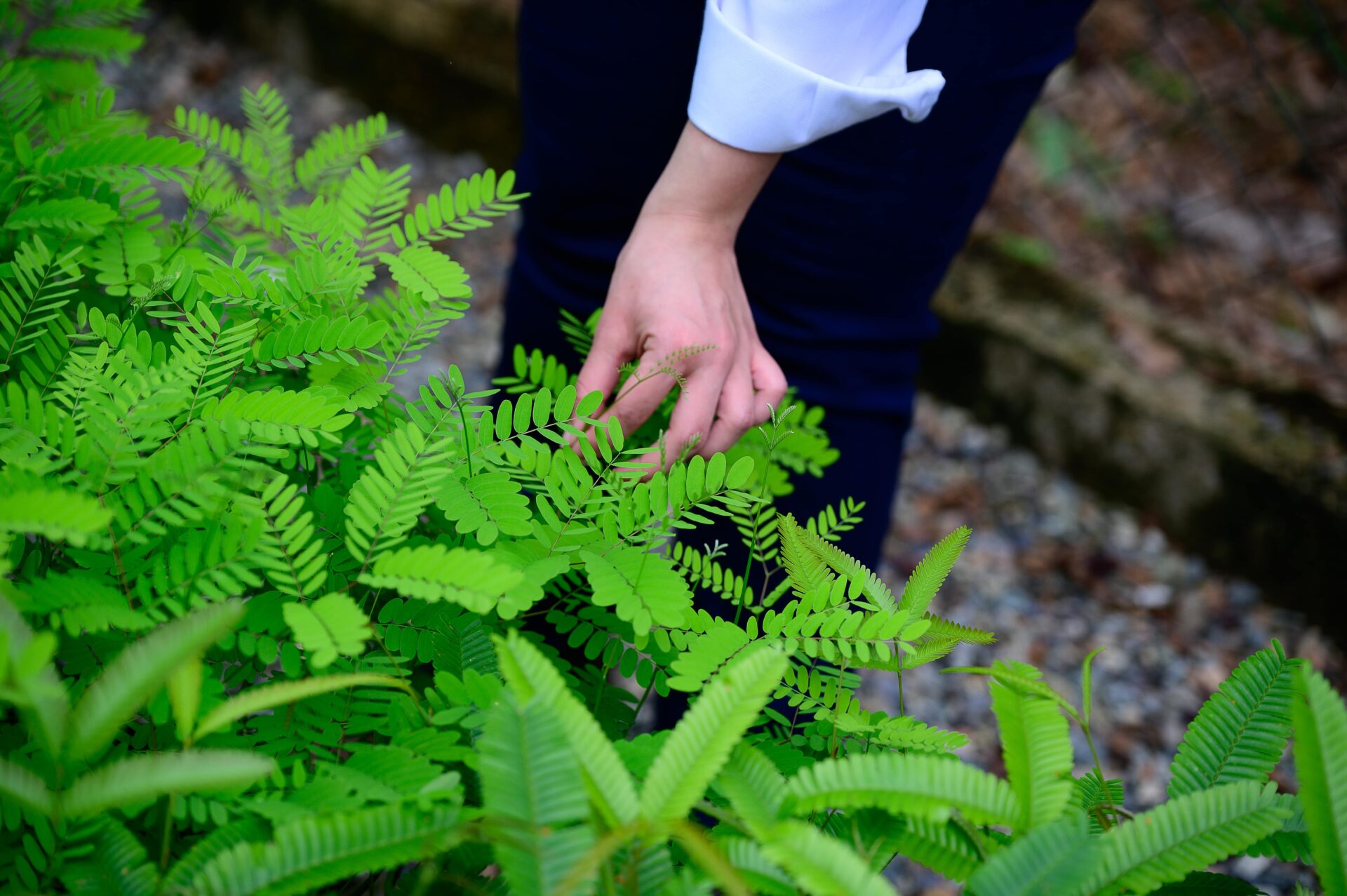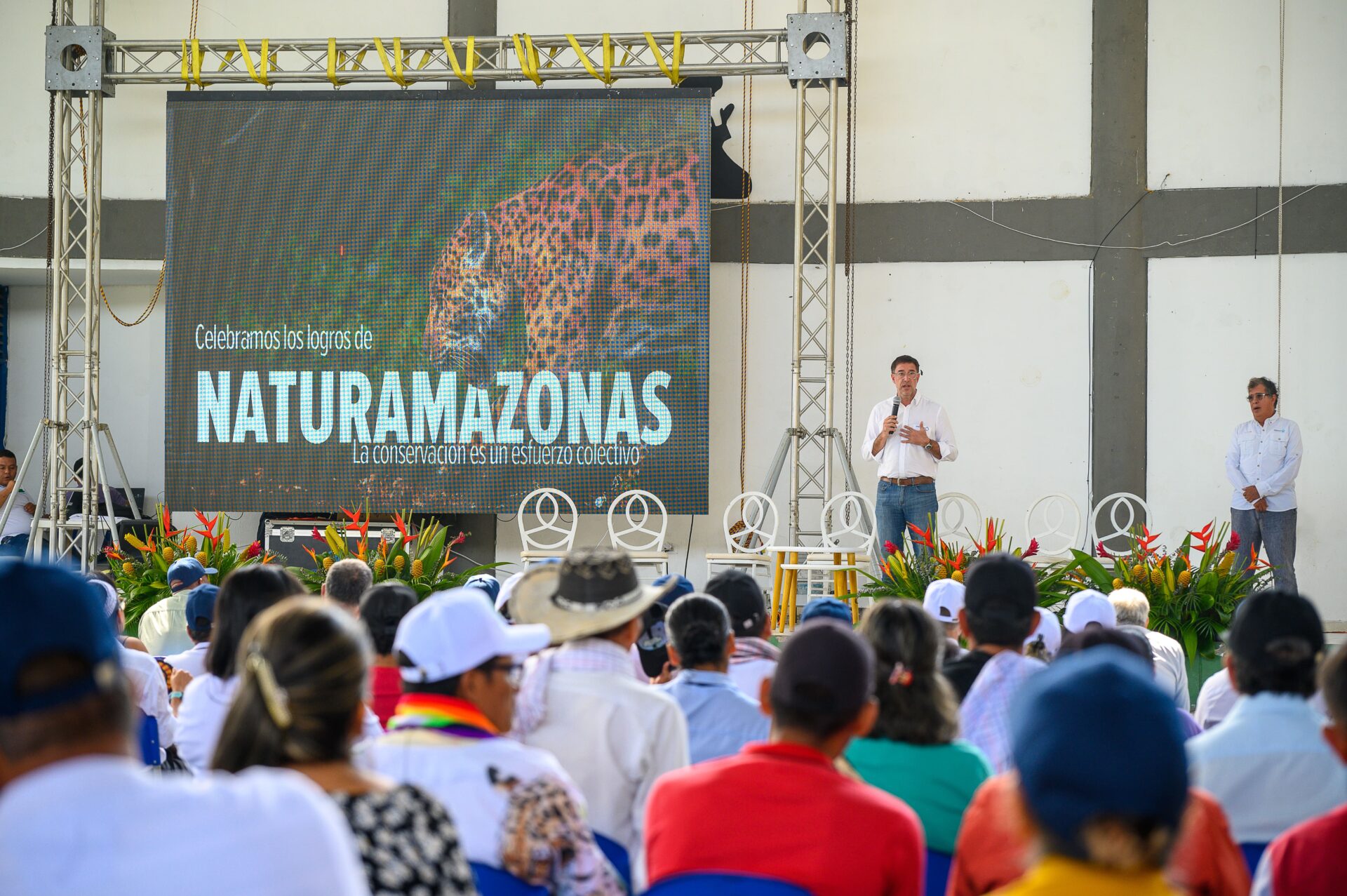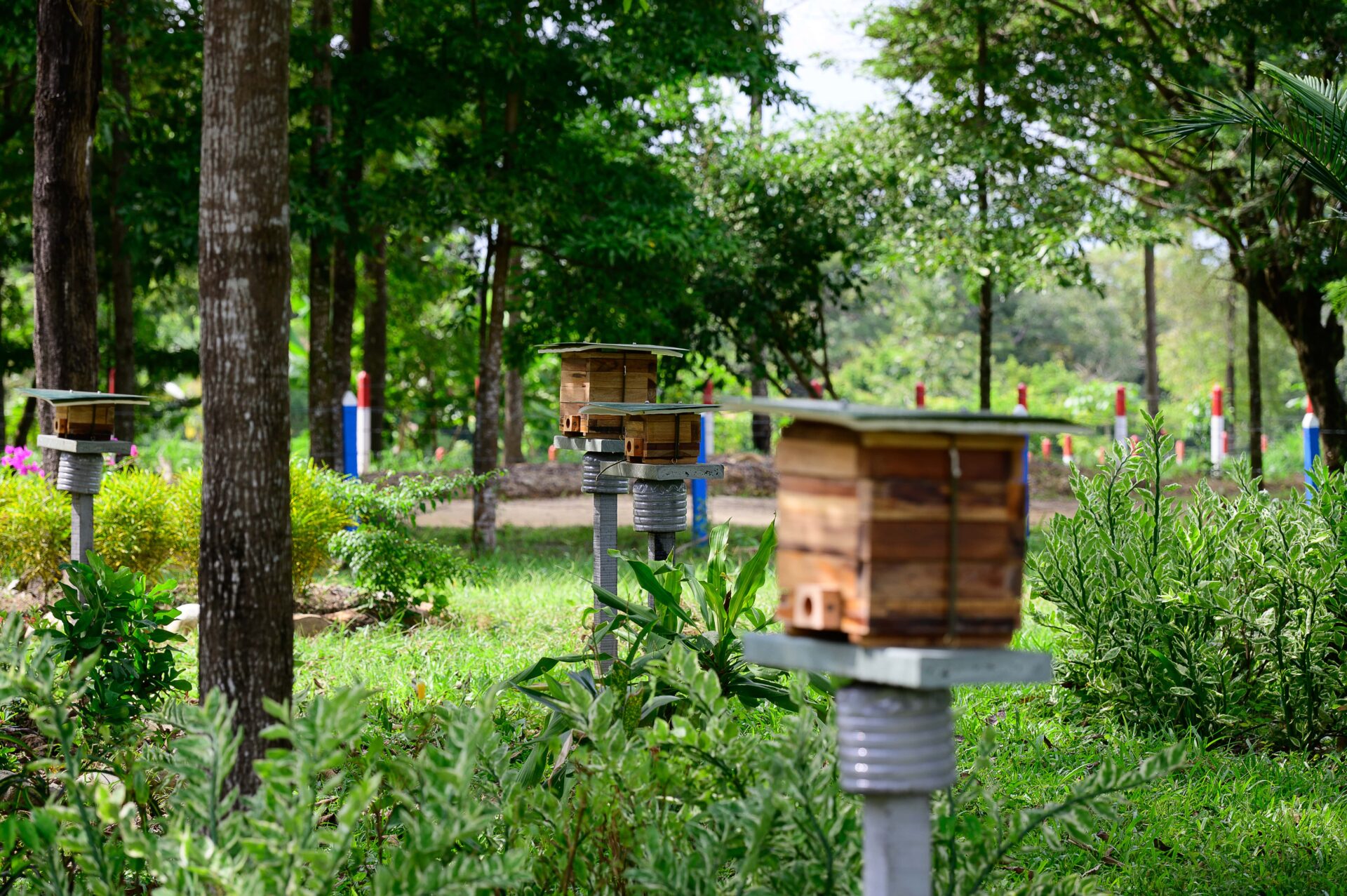Gran Tierra has maintained a long-term commitment to responsible resource development, requiring that its activities support a healthy environment and prosperous communities.
GTE stands proudly as an industry leader in Environmental Stewardship, both in its compliance with regulations and international best practices, and through its voluntary initiatives that address local, national, and international environmental issues. One of the areas where we have had a particular focus is through our reforestation efforts in the Andean-Amazon rainforest. Colombia’s National Environmental Licensing Authority (ANLA) has recognized the Company’s forestry centres as effective strategies for reforestation and biodiversity conservation.
For more information on this work, read the three stories below on the NaturAmazonas project, the Costayaco Forestry Centre and the Acordionero Forestry Centre.
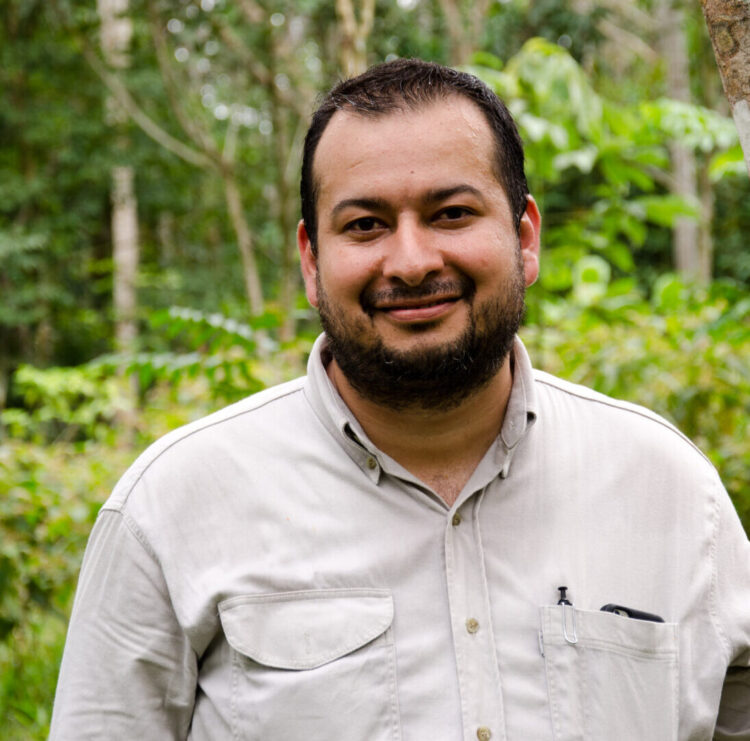
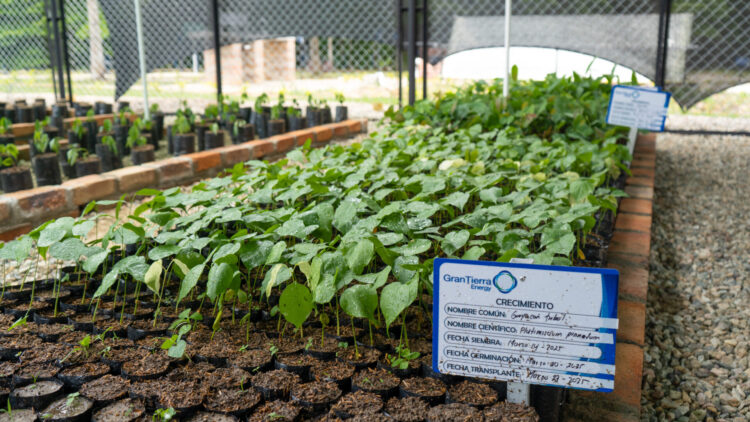
The Acordionero Forestry Centre

The Costayaco Forestry Centre

Innovative Conservation Agreements Protect Sensitive Areas

NaturAmazonas: Gran Tierra’s Largest Environmental Initiative
SWIPE FOR MORE
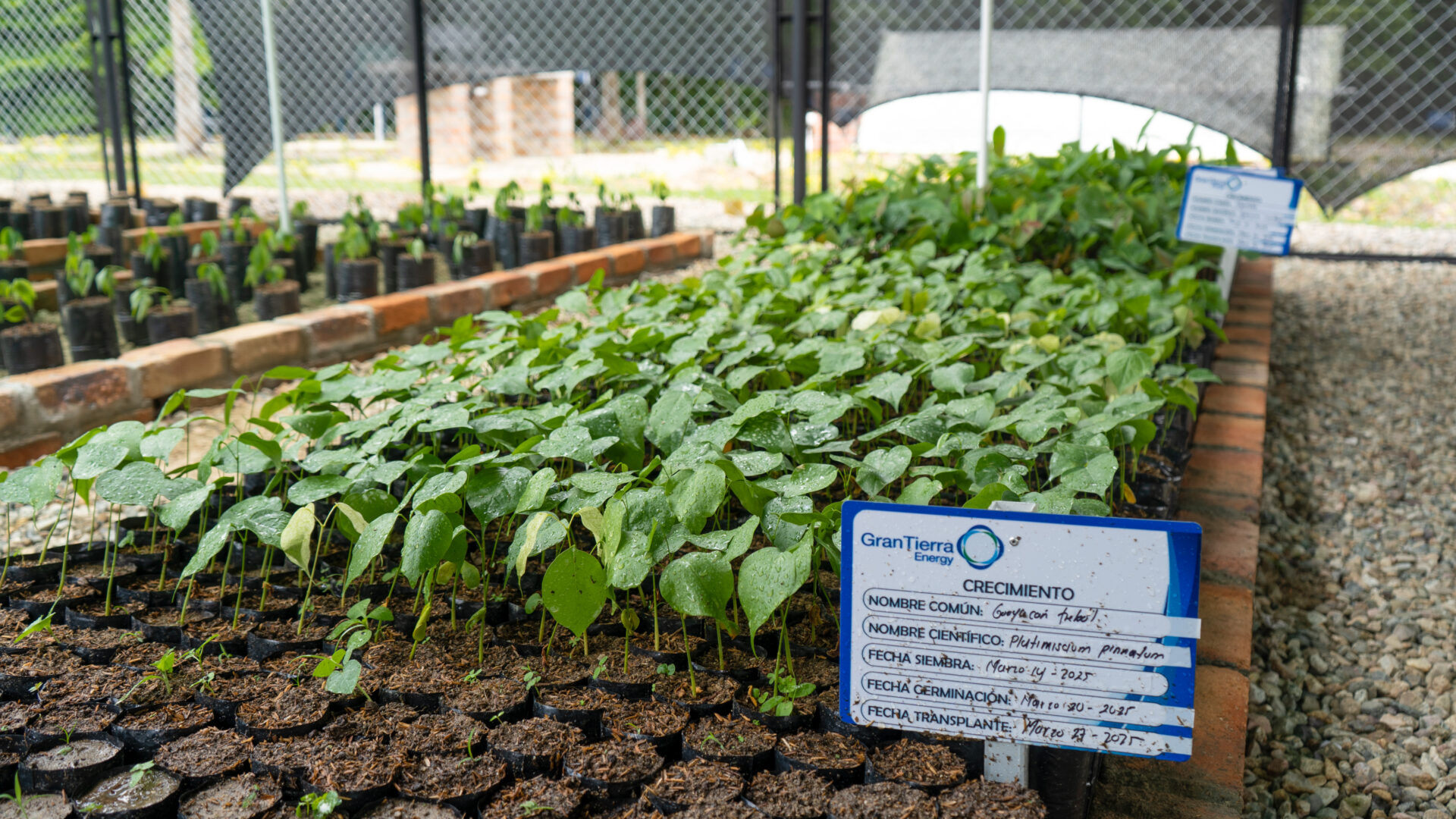
The Acordionero Forestry Centre
Gran Tierra Energy has officially opened the Acordionero Forestry Centre (AFC), a 185-hectare environmental innovation hub located in El Cairo village, a strategically important conservation zone in Cesar. It is Gran Tierra’s hope that AFC will play a key role in restoring forest corridors and preserving water bodies thar provide water to the surrounding communities. Nearly 11,000 native trees have already been planted at the Centre, reinforcing the Centre’s contribution to ecosystem recovery in the region. The AFC has also been designed to test and implement sustainability efforts aimed at long-term environmental resilience and regional economic development.
The Centre is located between two interconnected, biodiverse forested areas, through which more than 100 bird species have been recorded travelling. While the geography and ecosystems are different from Costayaco, the location allows the Centre to restore forest corridors and preserve river-based water sources for nearby communities. The AFC also includes a forest nursery for the restoration of native species of plants and trees. Currently, the nursery is producing approximately 9,000 plants per month, that are used to conserve the surrounding forest and are being donated to local families.
Aquaponics
At the heart of this innovation hub is a solar-powered aquaponics system that merges fish farming with hydroponic plant cultivation in a closed-loop system. GTE and local community members, are testing innovative aquaponics systems as part of a broader effort to explore sustainable agriculture models that could enhance environmental and economic resilience in the region. The aquaponics system accelerates food production, with a small land footprint, and have the goal of increasing food security and lowering food costs for families in the region. Nutrient-rich water from tilapia tanks is used to irrigate and fertilize crops such as basil, cherry tomatoes, lettuce, and aromatic herbs—without the need for soil or chemical pesticides. The system recycles water continuously, achieving over 90% water savings compared to conventional agriculture, and is powered by solar energy to ensure operational efficiency and a low environmental impact.
Meliponiculture
The AFC also includes a meliponiculture initiative that plays a key role in biodiversity conservation by protecting and reproducing native stingless bees—essential pollinators that support the health and regeneration of local ecosystems. These bees assist in the pollination of both native forests and cultivated plantations, helping sustain biodiversity and agricultural productivity. The initiative is also promoting environmental education by raising community awareness about the ecological importance of bees, while creating opportunities for local businesses in the production of high-value medicinal honey and honey-based products. By protecting bees, the AFC is helping to safeguard entire ecosystems and secure a more sustainable future for the region.
Through the Acordionero Forestry Centre, Gran Tierra Energy continues to lead in environmental responsibility, by combining reforestation, water conservation, and community-driven initiatives to strengthen Colombia’s ecosystems and support local families.
Anaerobic Biodigesters
Within the ACF GTE installed residential-scale anaerobic biodigesters. This system treat wastewater organically and produces biogas, eliminating open sewage while providing energy that can be used for cooking. In many rural Colombian villages, untreated wastewater flows through open sewers, creating serious health and environmental risks—especially during the rainy season. At the same time, limited access to propane forces many households to rely on firewood, contributing to deforestation, air pollution, and causing significant adverse health effects. This technology, demonstrates how thoughtful design can create lasting environmental, social, and economic impact.
This Centre highlights how Gran Tierra Energy goes beyond compliance by integrating its environmental legal requirements and new innovative conservation initiatives. Through the Acordionero Forestry Centre, Gran Tierra Energy continues to lead in environmental responsibility, by combining reforestation, water conservation, and community-driven initiatives to strengthen Colombia’s ecosystems and support local families.
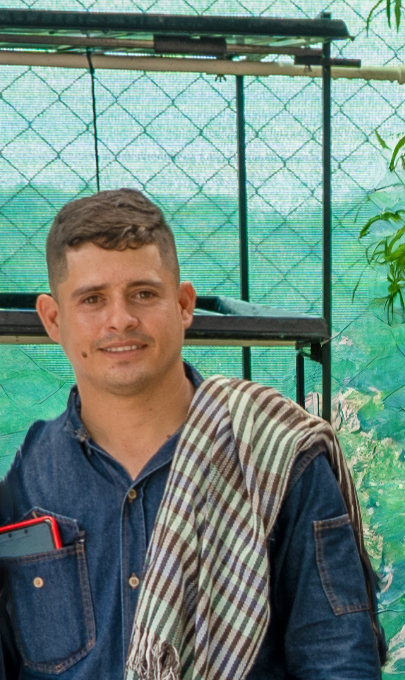

The Costayaco Forestry Centre
The Costayaco Forestry Centre (CFC) is one of the most innovative reforestation efforts in South America that has grown to 335 hectares, located near the Company’s production facilities in Putumayo. Established in 2010 in coordination with regional environmental regulator Corpoamazonia, the facility has grown into a significant habitat for butterflies, birds, large felines and other wildlife.
The Centre is strategically located in an important environmental corridor connecting the Andean foothills and Amazonian Forest ecosystems, serving as a focal point for the Company’s compensatory requirements as well as many of its voluntary environmental activities. After 10 years, the Company is very close to achieving its long-term goal of connecting the corridor to the foothills. The Centre, which was officially designated as a protected habitat and has been replicated around the country, also serves as a hub for nearby communities, hosting educational sessions, presentations and briefings.
A Source of Seedlings
The Forestry Centre has cultivated hundreds of thousands of seedlings providing local communities the capability to reforest their land with native trees. Residents have begun planting seedlings on their land, which over the years had been degraded by agriculture, animal husbandry, and other industries that damaged the natural habitats and sensitive ecosystems. The Centre is located in close proximity to the Sacha Wasi nursery which has the capacity to produce over one million seedlings each year as part of NaturAmazonas.
A Space for Learning
The Forestry Centre functions as a community learning space with programming for both youth and adults. Visitors can learn about GTE’s operations and environmental stewardship activities. The Centre has welcomed government officials, scientists, community members, companies, academic institutions, students and is open to all.
Monitoring the Restoration of Animal Life
The motion sensor camera and monitoring stations at the Costayaco Forestry Centre have successfully identified 121 species of birds, 15 species of amphibians and 11 mammal species. This is a significant increase from the last wildlife monitoring program in 2016, which shows that the Company’s conservation and reforestation efforts are restoring these natural habitats and attracting wildlife back to these regions.


Innovative Conservation Agreements Protect Sensitive Areas
A highlight of GTE’s work was with the Putumayo Biodiversity and Development Initiative was the restoration within the Orito Ingi-Ande Flora Sanctuary for Medicinal Plants.
Dialogue with 15 families who were living in the protected zone and cultivating coca, resulted in important conservation agreements to protect the land. As part of the agreements, Gran Tierra Energy helped relocate the families, providing land and training to help them maintain their livelihoods. This allowed the environmental authorities, including the National Parks and the Ministry of Environment, to replace the illegal crops with native vegetation and preserve the integrity of the entire protected area of more than 100 square kilometres. So far, 29 hectares of land has been protected and restored.


NaturAmazonas: Gran Tierra’s Largest Environmental Initiative
NaturAmazonas, the flagship conservation program started by GTE and Conservation International, has grown into an alliance of public and private institutions working together to address the root causes of deforestation. It works to develop solutions for reversing the process, while increasing the well-being of nearby communities.
GTE’s program has grown into a joint effort between the Colombian Ministry of the Environment and Sustainable Development, regional environmental agency, Corpoamazonia, and NGO Conservation International which oversees the project. The overall objective is to create the conditions required to protect and conserve Colombia’s Amazonia region by planting millions of trees and conserving land to restore important forested lands, helping residents live and work in greater harmony with the forest, and fostering partnerships amongst the institutions needed to effect long-term change at scale. This initiative strengthens the mechanisms needed for sustainable reforestation and large-scale conservation.
These include:
- Bringing numerous public and private institutions under an established framework to collaborate and increase their combined impact.
- Increasing knowledge of, and respect for, the value of forested areas.
- Implementing mechanisms for people and communities that reside in the area to make a sustainable living in harmony with nature.
In its first seven years, this USD $18 million initiative has reforested and ecologically restored over 2,000 hectares of land and has attracted additional partners interested in moving this revolutionary program forward. In 2023, Gran Tierra extended the NaturAmazonas program for another four years and continues its industry-leading reforestation in partnership with Conservation International.
+0M
trees
+1.6M trees have been planted
through NaturAmazonas
0
families
4,290 people have been positively impacted through NaturAmazonas
+0
hectares
Over 2,000 hectares of land have been
reforested and ecologically restored
SWIPE FOR MORE
+0M
seedlings
Over 3.7M seedlings have been distributed at the NaturAmazonas nurseries
~0
farmers
GTE helped ~700 farmers sustainably cultivate cacao, sugar cane, honeybees and acai through the NaturAmazonas program
~0
beehives
Contribute to pollination across ~24,000 hectares of native forests and cultivated plantations through GTE’s Sustainable Productive Landscapes program
SWIPE FOR MORE
Agroforestry Centres
The Guayuyaco Agroforestry Centre in the town of Piamonte was converted and refurbished from an abandoned social site of a nearby Indigenous Inga community and is capable of growing over one million seedlings each year to support the reforestation initiative. Women from Miraflores and the surrounding areas carry out planting work at the Guayuyaco Agroforestry Centre. Cacao seedlings are spliced together to develop high quality and resilient varieties of the crop.
The Sacha Wasi Agroforestry Centre located in El Mesón, Villagarzón has a production capacity of one million seedlings per year, a total area of 8.06 hectares, and is designed with spaces to store materials, equipment and supplies. This agricultural-focused nursery includes specific areas for preparation and bagging of the substrate, irrigation, germination, management and sowing modules.
Knowledge Generation
Local residents were hired for expeditions deep into the Piedmont, collecting and categorizing over 10,000 specimens of native plants. They are referred to as Guardians of Botanical Knowledge and they build their knowledge about the native plants and contribute to the creation of important mapping of the botanical make-up of the forest in their areas. Previously unknown plant species have been discovered by the Guardians.
So far, 27,000 specimens have been collected and processed, 1,404 of species have been identified, two of which are new for Colombia and over 130 people have directly benefited from the project.
Botanical Health Development Through Beekeeping
Thousands of bees swarm around unprotected beekeepers, who are not concerned because these are stingless bees, native to this part of the Amazon rainforest. It had previously been illegal in Colombia to cultivate stingless bees, but Gran Tierra worked with the Colombian authorities to change the regulations to allow local people to engage in this important line of sustainable production through the Company’s NaturAmazonas program. With 6,000 hives pollinating 24,000 hectares of plants and trees, supporting reforestation and contributing to botanical health, the bees are also producing honey for the farmers—a valuable, durable commodity with appeal in both local and national markets.
There is a high demand for stingless bee syrups, which have a number of different flavours, and keepers can also rent the bees out to local farmers for pollination, providing yet another stream of income. The association of beekeepers continues to grow, with 375 current members having been trained and certified.

